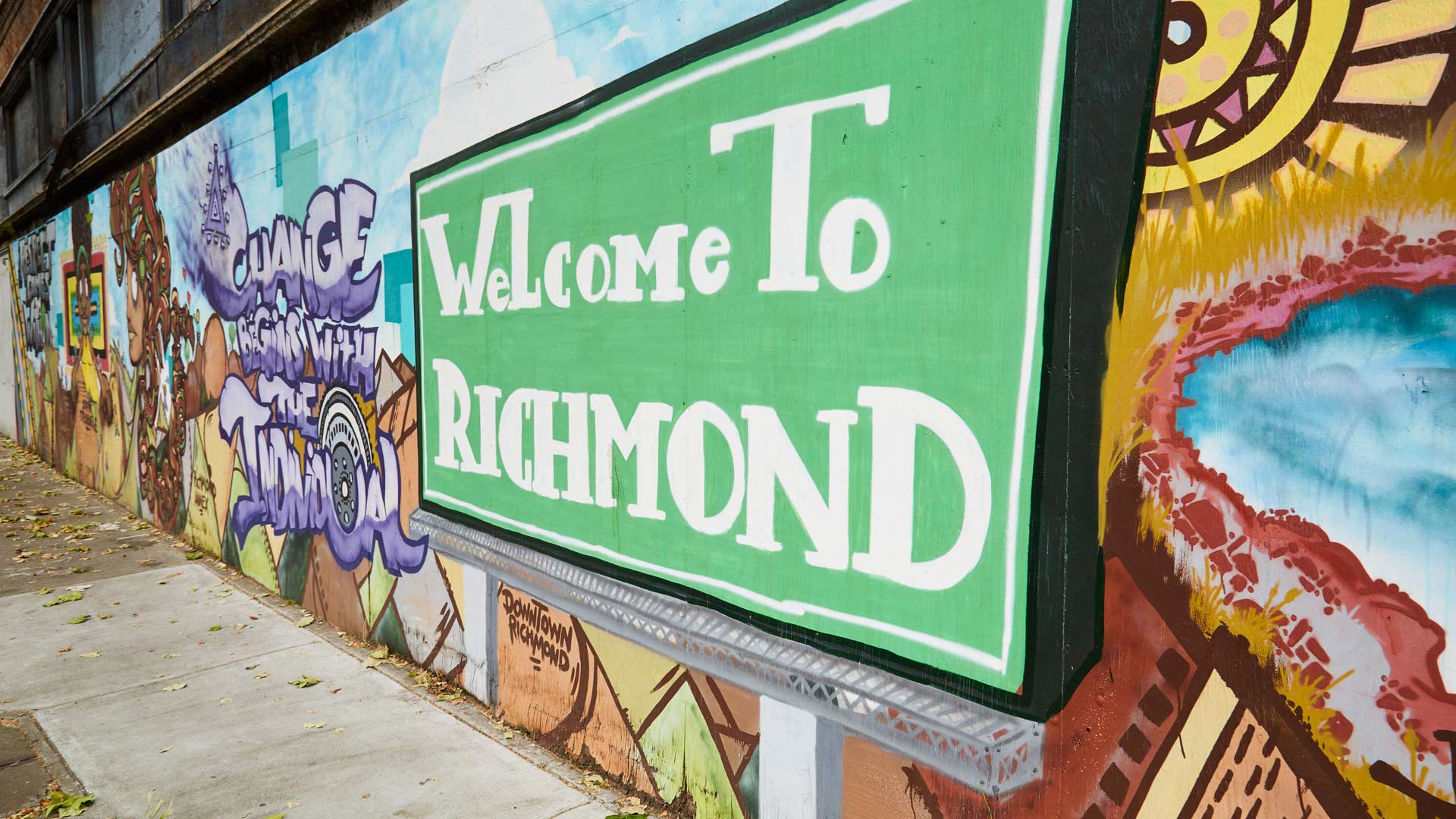
Housing First was initiated in New York City in 1992 and is a publicly funded program. The program is based on the concept that before homeless persons can overcome behavioral or mental disorders, substance use disorders, or chronic health issues, they must have a basic foundation of housing and food.
Housing First provides more than housing. The program offers resources that help people learn life skills such as budgeting and securing employment and provides information on necessary health treatment programs. Housing First believes that these needs are secondary to the basics of stable housing and food security.
Rehabilitation treatment is more effective on individuals who enter into it voluntarily. Once their basic needs have been met, it is much easier to concentrate on getting well.
Housing providers find their homeless tenants through referrals from shelters, street outreach, drop-in centers, street clinics and other aspects of crisis response systems frequented by society’s most vulnerable people.
How the Housing First Program Works
The target population for Housing First is anyone who is homeless for any reason. It is irrelevant if the person has a criminal history, maintains sobriety, or attends meetings that are often requirements of other housing models. Homeless individuals and families can expect the program to:
- Provide rental assistance varying by needs and duration
- Allow them to sign a lease with financial support to help pay the rent
- Provide resources to promote housing stability and well-being following housing placement
- Give them a voice in choosing from the housing options available
Other Housing Programs as Part of Housing First
Permanent supportive housing is aimed at individuals and families with chronic illnesses, disabilities, mental health issues or substance use disorders who have experienced long-term or repetitive homelessness. PSH provides long-term rental assistance and support services.
Another program, rapid-rehousing, provides short term rental assistance and support services to any homeless person or family. The goal of this program is to obtain housing quickly, increase independence and encourage the program members to remain permanently housed.
All three programs believe in the value of the hierarchy of needs approach to put the homeless on a path to healthier lifestyles.
Does this Approach to Homelessness Work?
The evidence suggests that it does.
- Tenants in Housing First programs move into homes more quickly than in traditional programs
- Tenants stay housed longer and with more stability than like programs
- Over 90 percent of tenants accessing Housing First programs are able to maintain housing stability
- Housing First tenants are much less costly to the public than tenants of other programs.
The Bay Area Rescue Mission is an active resource for Housing First tenants in the Bay Area. The mission not only refers homeless people to Housing First, it offers the tenants a food pantry, financial management training and job skills training. For more information about the Bay Area Rescue Mission, call 510-215-4555.
Read more: Impact of Homelessness on Education (link: article)
Sincerely in His Service,

Rev. John M. Anderson
President/CEO
Bay Area Rescue Mission
P.S. – Here is the link to the Letter of Support from our local Richmond residents.
Please fill out and mail to:
Bay Area Rescue Mission
Bridge of Hope Letter of Support
P.O. Box 1112
Richmond, CA 94802
or email: info@BayAreaRescue.org
or fax: (510) 215-0178
